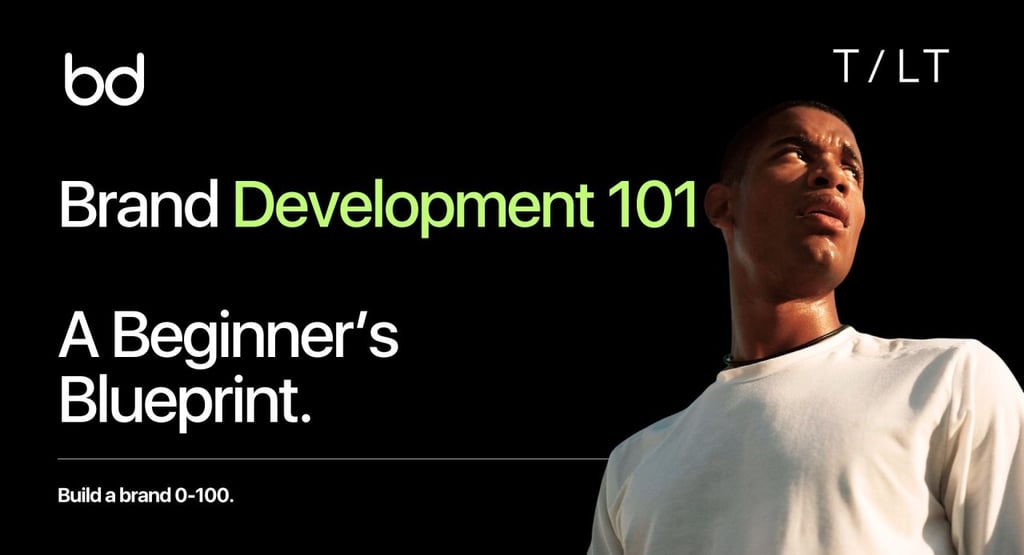Brand Development 101 - A Beginner’s Complete Blueprint
Whether you're launching a new startup, building a personal brand, or refreshing an existing business, brand development isn’t just about picking colours and a logo. It’s about shaping how people feel about your business and how they remember you. This guide breaks down brand development in simple terms, giving you a clear roadmap from scratch, no fancy jargon, no fluff, just practical advice.
Brand Blinks Global
5 min read


What Is Brand Development?
Brand development is the process of defining, creating, and evolving your brand’s identity. It includes your brand’s purpose, personality, positioning, visuals, voice, and how all of these elements create a consistent experience across every touchpoint, website, social media, packaging, advertising, and more.
In simpler terms, brand development is how your brand looks, sounds, feels, and why people should care.
Why Brand Development Matters
A strong brand isn’t just nice to have. It’s essential for:
Standing out in a crowded market
Building trust with your audience
Attracting the right customers
Charging premium prices
Driving long-term loyalty and referrals
Brands like Nike, Apple, or even small-scale niche brands like Beardbrand or Glossier, Inc. didn’t just sell products; they sold a story, a feeling, and a belief system. That’s what you’re building here.
The 7-Step Development Blueprint
Let’s break down the brand development process into seven practical steps.
Define Your Brand Purpose
Every great brand starts with “why.”
Ask yourself:
Why does this brand exist beyond making money?
What problem are we solving or belief are we championing?
What change are we here to create?
For example, Patagonia doesn’t just sell jackets; it stands for environmental activism. Dove doesn’t just sell soap; it promotes real beauty and self-confidence.
Write a clear brand purpose statement. Keep it short, emotional, and action-driven.
Example:
“We exist to help young entrepreneurs build businesses they believe in.”
Know Your Audience Deeply
Without a deep understanding of your target audience, your brand is just guessing.
Create simple audience profiles by identifying:
Demographics – age, gender, location, income
Psychographics – beliefs, values, goals, pain points
Habits – where they shop, what they read, how they make buying decisions
Talk to real customers. Read reviews. Join online forums. Use surveys. The better you know them, the more your brand can connect on a human level.
Craft Your Brand Positioning
Brand positioning is how you want to be perceived in the minds of your ideal audience, especially compared to competitors.
Ask:
What do we do better or differently?
What promise do we want to own?
What niche or audience do we serve better than anyone else?
Fill in this simple brand positioning statement:
“For [target audience], [your brand] is the [category] that [unique benefit] because [proof].”
Example:
“For busy working moms, GlowTea is the herbal tea brand that helps restore energy naturally, because it’s backed by certified nutritionists.”
Build a Strong Visual Identity
Now that you know your message, it's time to bring it to life visually.
Your brand identity includes:
Logo – Simple, memorable, scalable
Colour palette – Consistent mood and emotion (e.g., calm, bold, fresh)
Typography – Reflects tone (e.g., modern, vintage, playful)
Design elements – Icons, textures, patterns, image styles
These elements should feel cohesive across your website, social media, ads, and packaging. Think of them as your brand’s “uniform.”
Pro tip: Don’t just chase trends. Design for alignment with your audience’s expectations and your brand’s values.
Develop Your Brand Voice & Messaging
Your brand voice is how you sound, whether you're writing a blog post, ad copy, Instagram caption, or customer email. It should be:
Consistent – One tone across platforms
Distinct – Instantly recognisable
Authentic – Feels human and trustworthy
Define your tone of voice in simple traits:
Friendly or formal?
Witty or wise?
Bold or calm?
Create a few sample taglines, one-liners, and product descriptions to test your tone.
Example:
“Not your average planner. This one actually gets you to your goals, without burning out.”
Create a Consistent Brand Experience
This is where most beginners go wrong: they create a logo, maybe a website, and stop. But brand development isn’t one-and-done. It’s how every touchpoint, online and offline, aligns with the brand’s promise.
Here’s how to create consistency:
Use the same tone and visuals across platforms
Deliver on your brand’s promise with every product, service, or support call
Train your team on brand values and messaging
Use templates for social media, presentations, and ads
Review customer touchpoints regularly to ensure alignment
When people see your ad, scroll through your Instagram, or talk to your support team, it should always feel like “you.”
Evolve and Grow Your Brand Over Time
Brands are not static. As your business grows, trends shift, or audience needs evolve, you’ll need to review and refine your brand.
Here’s how:
Revisit your brand purpose annually. Is it still relevant?
Conduct brand audits every 12–18 months to check consistency
Stay culturally aware, update your visuals, language, or campaigns when necessary
Keep listening to customer feedback
Don’t be afraid to take creative risks, but stay rooted in your core values
Brand development is ongoing; think of it like gardening. You plant the seeds, but they need regular care, pruning, and fresh ideas to thrive.
Common Brand Development Mistakes
(And How to Avoid Them)
Copying competitors: Inspiration is good. But sounding just like every brand in your industry won’t help you stand out.
Inconsistent messaging: Using different tones, visuals, or value propositions confuses your audience.
Over-focusing on visuals: A pretty logo won’t save a brand with no message, meaning, or personality.
Neglecting internal brand culture: Your team should embody the brand. If they’re not aligned, your customer experience won’t be either.
Trying to please everyone: Strong brands repel as much as they attract. Don’t fear polarising opinions; fear being forgettable.
Airbnb
When Airbnb rebranded in 2014, they didn’t just change their logo; they changed their narrative. From “cheap travel stays” to “Belong Anywhere,” they created a brand about connection, community, and local experiences.
They adjusted their tone, refined their visuals, and rolled it out across every customer touchpoint. That’s a masterclass in thoughtful brand development.
Your Brand Is a Feeling
At the end of the day, your brand isn’t your logo, colours, or tagline. It’s the feeling people get when they interact with you: trust, excitement, empowerment, creativity, warmth.
Brand development helps you create that feeling intentionally and consistently.
So whether you’re a solo founder, small business owner, or creative team member, remember: the more clearly you define your brand, the more confidently your audience will believe in it.
Brand Development in a Nutshell
Start with your why
Know your audience
Position your brand with clarity
Build a distinct identity
Develop a consistent voice
Align every touchpoint
Evolve with purpose
Your brand is your biggest long-term asset. Build it well, and it will speak for you, even when you’re not in the room.
Or let us do it for you.
Discover our work cases: https://contra.com/brandblinksglobal
© 2025 BRNDXMORPH Media Worldwide Private Limited. All rights reserved
Brand Blinks Global is an independent global brand intelligence x transformation company.
The trademarks, logos, and service marks displayed on this site are the property of their respective owners.
"Brand Blinks Global," "Brand Blinks," "Made for the Uncommon," and the "bd" logo are trademarks or registered trademarks of BRNDXMORPH Media Worldwide Private Limited.
RESOURCES
INTELLIGENCE
BUSINESS
PARTNERSHIPS
COVERAGE
EXPLORE
Made for the Uncommon


When your brand grows, others rise too. 2% of your project empowers a nonprofit we back together every year.


